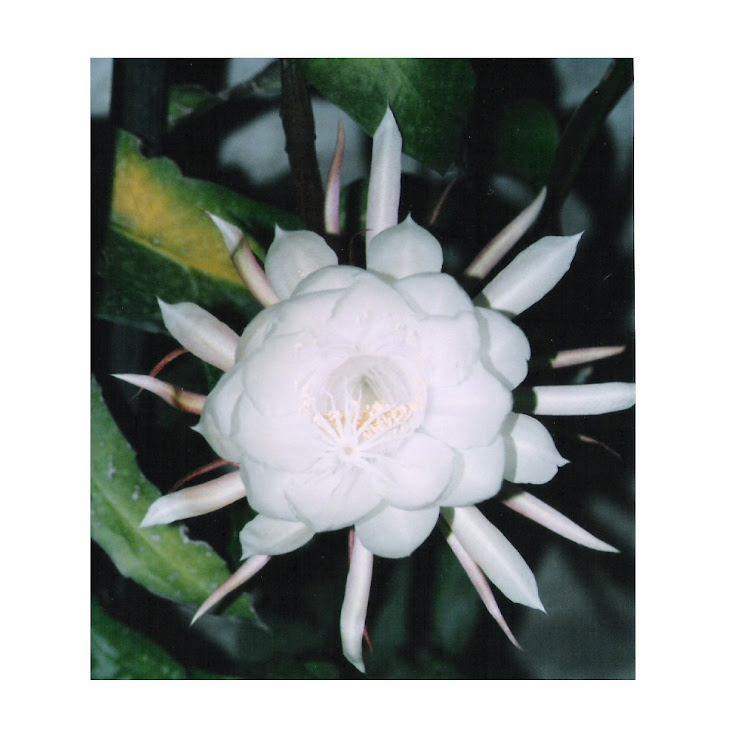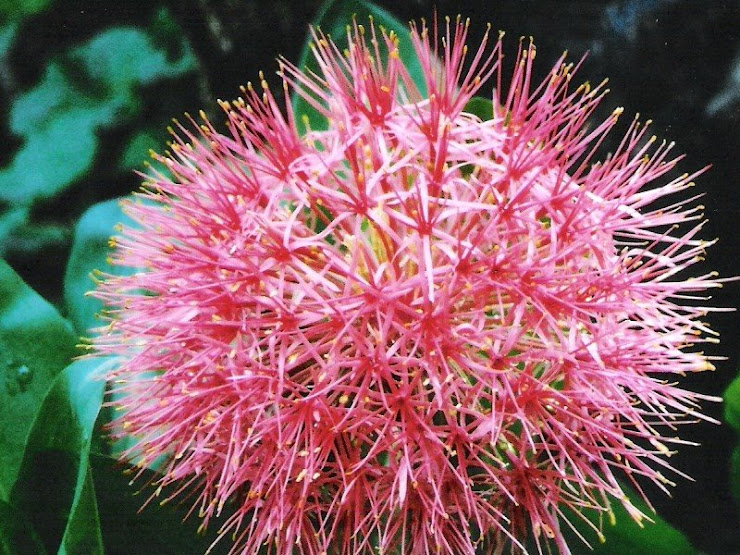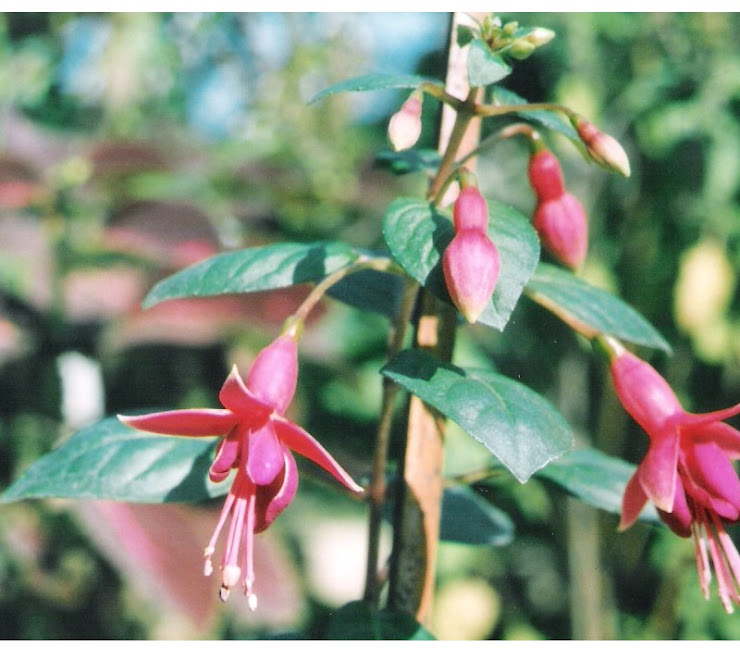HOW TO HARDEN OFF SEEDLINGS
Prevent
transplant stress and grow strong, healthy plants from seeds using a technique
called hardening to transition them to the garden.
Why Harden Off Plants?
Plants
grown from seed develop under constant, regulated, and perfect environmental
conditions. Whether plants are grown on a sunny windowsill or under artificial
lights, they never face the same conditions as they do outdoors. They develop
fewer chloroplasts, the specialized cells that convert light into food; they
are weaker than their outdoor cousins. In order to reduce transplant shock and
help coddled seedlings transition into the outdoor garden, a process called
hardening gradually exposes them to the natural environment, where fluctuating
temperature, wind, and light stress even the hardiest plants.
How to Harden Seedlings
Hardening
plants isn't difficult. Consistency and patience are the keys to proper
hardening of plants.
Start
the hardening off process at least two weeks before you intend to plant the
seedlings in the garden. In most areas, this is on or about the 'frost free'
date for your gardening zone. This is the annual date of the last frost for
your part of the world, but it may not be the exact frost-free date for a given
year. Use this date to approximate the dates for starting, hardening and
transplanting your seedlings.
Seedlings
should have at least two sets of leaves before hardening off. Choose a spot
outdoors that's partially shaded; a deck, patio or spot near the driveway or
walkway are perfect. Move the flats of seedlings outdoors during the day, and
bring them indoors at night. Begin by moving them into a shady location and
gradually move them into brighter and brighter light each day if you can. Don't
let the seedlings dry out completely, but reduce the frequency of watering while
hardening off plants.
A
cold frame is perfect for hardening off many types of seedlings. Be sure you
prop open the glass lid of a cold frame during the day to prevent accidently
"cooking" your seedlings. Cold frames in the spring can get very hot
inside on warm days.
Do
not harden plants for more than two weeks. The process slows growth, but if
continued to an extreme, it can stop growth entirely and weaken plants.
When to Transplant Seedlings
Seedlings
should be ready to transplant directly into the garden after the hardening
process is done. Transplant them on a shady day, in the early morning or late
afternoon to prevent transplant stress. Use a spoon to dig tiny plants out of
seed starting trays. If you accidently grew a clump of plants in one tiny cell
of the tray, dig out the clump with your spoon and allow the seedlings to fall
apart on their own once they're out of the tray. Grasp them gently and avoid
damaging the roots. Plant each in its own container or spot in the garden.
After
transplanting, water your new seedlings well, and make sure they are
well-watered until you see new growth. Avoid fertilizing them immediately after
transplanting, as too much fertilizer can actually damage young, tender plants.
Cleaning Seed Trays
Before
putting away your seed starting trays for the season, take a few minutes to
clean and sterilize them so they're ready for next year's garden. Rinse them
outdoors, using a clean scrub brush to clear away dirt and debris. Soak empty
trays in a solution of 1/4 cup of household bleach to 1 gallon of water for ten
minutes, then remove and rinse thoroughly before storing them.
Successful Transplanting
In
a few days or weeks after transplanting seedlings, you should notice a change
in the young plants. The stems grow stronger. The leaves darken, taking on the
green hue common among plants started outdoors. Soon, new sets of leaves
emerge, and you're well on your way to a successful garden.








No comments:
Post a Comment